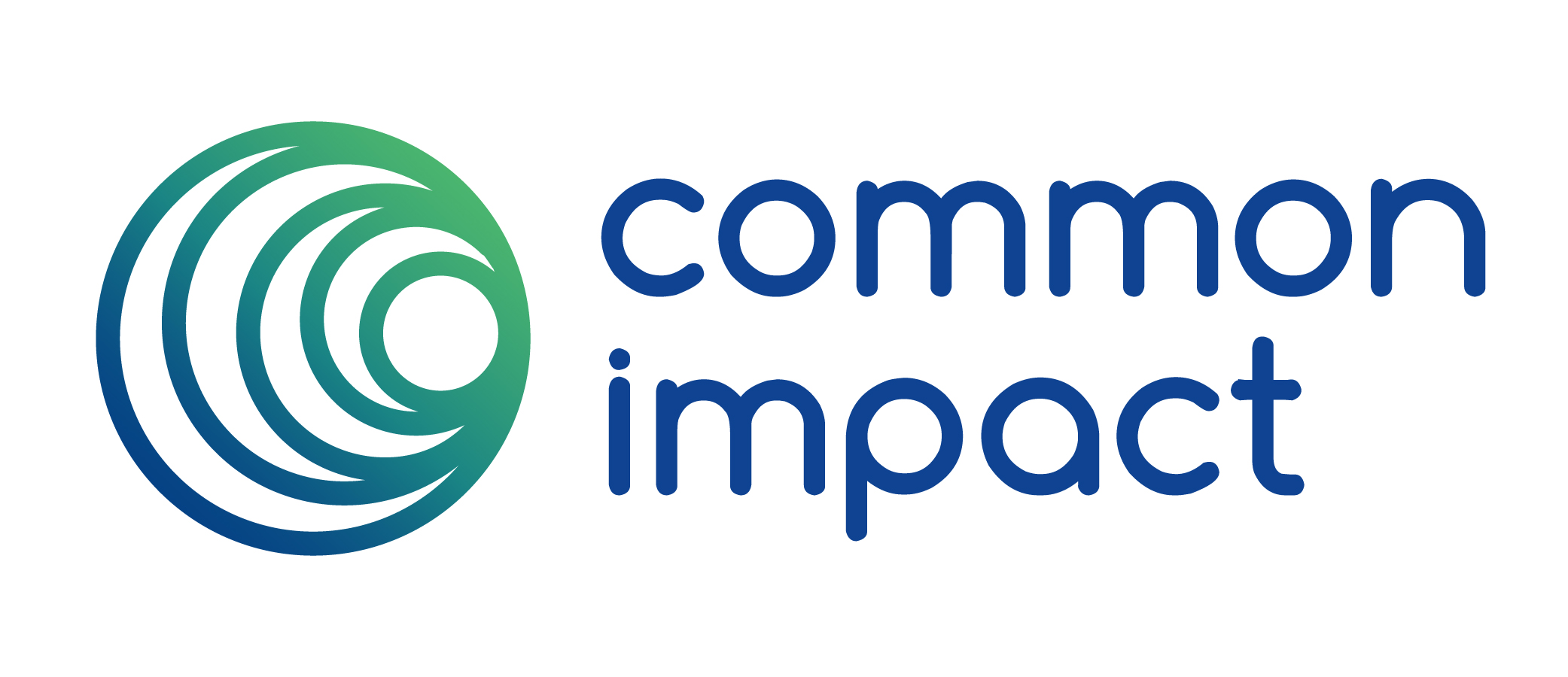The Power of Skills-Based Volunteerism
CEO Danielle Holly responds to a recent Boston Globe article about some common pitfalls of corporate volunteer initiatives with remarks on the value of strategic volunteerism and cross-sector partnerships.
On March 25th, The Boston Globe published the article “Corporate Volunteers can be a burden for nonprofits.” Its central argument: corporate volunteers are an ineffective resource for the nonprofits they serve and those nonprofits would be better off without them. It posits that these volunteer efforts are more beneficial to the company, largely via PR and goodwill benefits, than they are to the organizations that they aim to serve.
While it can be challenging for companies and nonprofits to align volunteer resources with nonprofit needs, there are significant and effective efforts happening in Massachusetts and nationally to ensure that community organizations are paired with the volunteers they need to address real and pressing challenges. Organizations such as Common Impact, the Taproot Foundation, and the HandsOn Network partner closely with companies every day to direct their volunteers to the organizations that need them the most. Many of these companies have staff positions that are solely dedicated to leveraging the time, passion, and skills of their people for worthy causes, and to ensuring that their community partners are neither underwhelmed nor overwhelmed by their volunteer support.
On the day this article was published, one of Common Impact’s nonprofit clients that tackles homelessness in Massachusetts wrapped up a six month corporate skills-based volunteer partnership. A volunteer team from a MA-based Fortune 1000 company developed a database that will allow their nonprofit partner to keep track of their clients and ensure that those individuals continue to be connected to the resources they need to succeed. The nonprofit staff teared up while telling the team, “You have no idea what kind of difference this will make to the work we can do.” They asked the volunteers to join their Board. They argued with company executives over who learned more from of the experience – the corporate employees or the nonprofit staff. They were not, as the Globe article alleged, relieved when the volunteers got back on their “corporate bus” to head home.
Representing just over 10% of the US workforce, the nonprofit sector provides critical services for millions of people every day. These are services that the public and private sectors rely on to keep communities running and thriving, to inform policy decisions, and to bolster economic health. Without strong partnerships between the private and nonprofit sectors, and the efforts of both hands-on and skills-based corporate volunteers, nonprofits wouldn’t have the resources they need to operate and serve our community. And while Sacha Pfeiffer highlighted a challenge that does exist – one that deserves our attention and focus – she missed an opportunity to lift up the invaluable resource that corporate volunteerism represents, and the companies that are doing it right.

